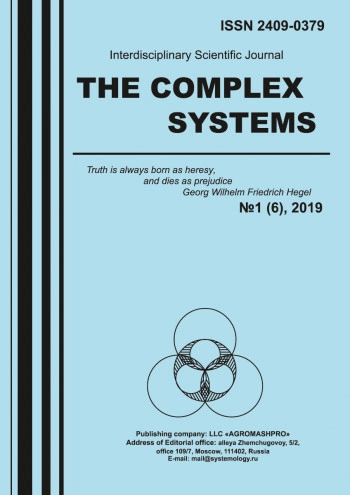In the work, based on the equations of the compressible oscillating ether, derived from the laws of classical mechanics [2, 4-5], ether mathematical models of the nuclei of atoms of chemical elements were constructed. It is shown that the nucleus of any atom is a superposition of perturbation waves of ether density in several protons and several neutrons, having a common center and propagating around a common axis in one direction or in opposite directions, that is, having unidirectional or opposite spins. Formulas for the values of internal energies, masses, magnetic moments, and binding energies of atomic nuclei are derived, with an accuracy of fractions of a percent coinciding with their experimental values. Formulas for calculating the radii of atomic nuclei are obtained. Answers are given to many topical questions about the structure of atomic nuclei that modern atomic physics is not capable of answering, for example: why there are no nuclei consisting only of protons or only of neutrons; what is the nature of the nuclear forces holding together protons and neutrons in the nucleus; why the sizes of atomic nuclei practically do not depend on the atomic number of the chemical element; why the Coulomb barrier of the nucleus selectively works; why the fragments of the decomposition of transuranium elements into two nuclides are asymmetric; why there is no stable nucleus ; what is the reason for the different percentage in nature of different isotopes of the same chemical element?
Сайт https://scinetwork.ru (далее – сайт) работает по принципу агрегатора – собирает и структурирует информацию из публичных источников в сети Интернет, то есть передает полнотекстовую информацию о товарных знаках в том виде, в котором она содержится в открытом доступе.
Сайт и администрация сайта не используют отображаемые на сайте товарные знаки в коммерческих и рекламных целях, не декларируют своего участия в процессе их государственной регистрации, не заявляют о своих исключительных правах на товарные знаки, а также не гарантируют точность, полноту и достоверность информации.
Все права на товарные знаки принадлежат их законным владельцам!
Сайт носит исключительно информационный характер, и предоставляемые им сведения являются открытыми публичными данными.
Администрация сайта не несет ответственность за какие бы то ни было убытки, возникающие в результате доступа и использования сайта.
Спасибо, понятно.




